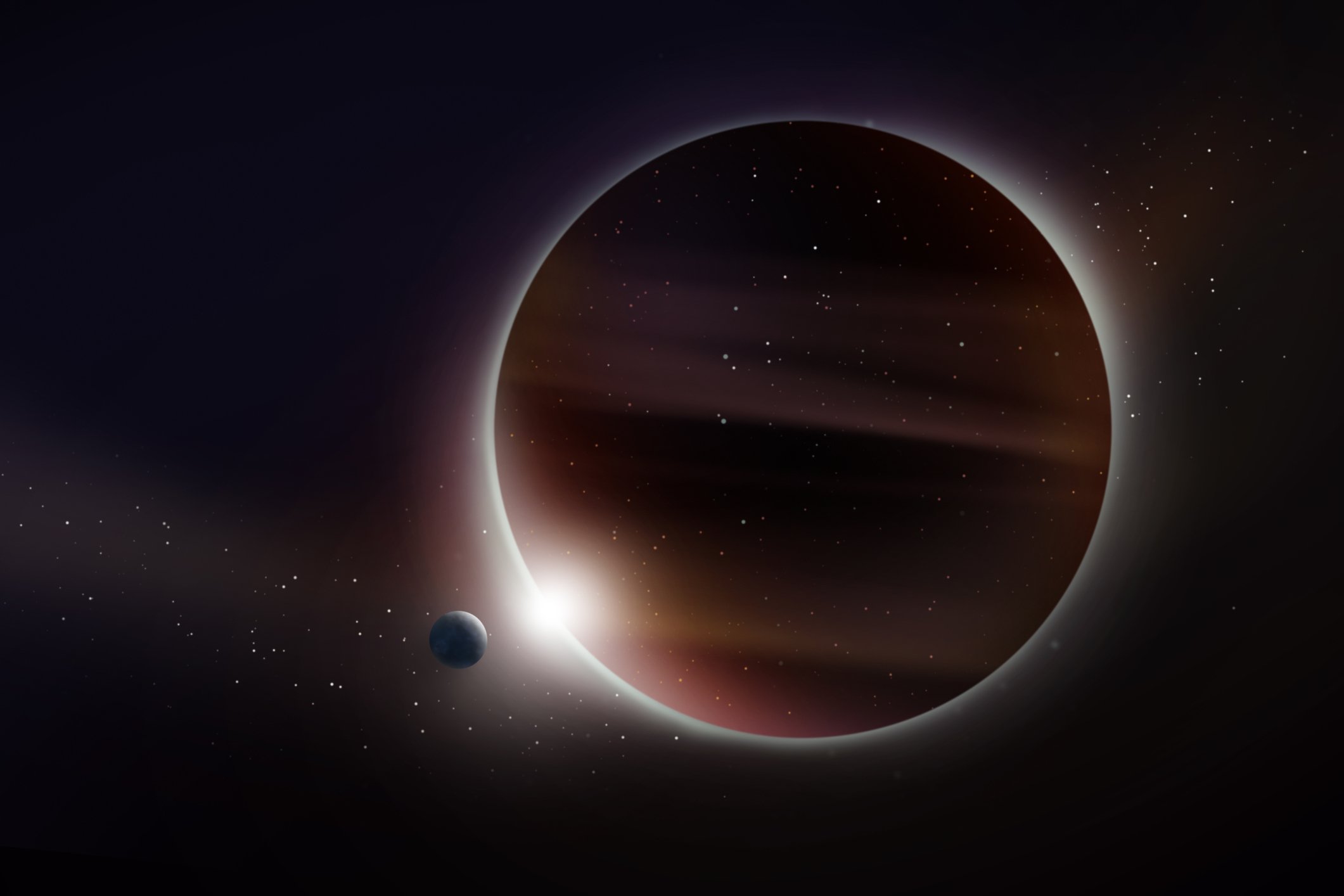In the eyes of humanity, Earth is significantly larger, but there are much larger planets in the Solar System. For example, Jupiter is considered the largest planet in our star system, with a diameter of approximately 139,800 kilometers. — Compared to Earth, its mass is approximately 318 times greater. Astronomers have managed to detect possibly the largest planet discovered to date.
According to a study published in the journal Science, a team of scientists led by Thayne Currie, professor of physics and astronomy at the University of Texas, USA, has identified what they believe to be the largest planet ever found by humanity. This is ROXs 42Bb, an exoplanet independently identified by another group of researchers in 2013.
The object securely identified as the largest known planet would be ROX 42Bb. It is a “Hot Jupiter” with 9 times the mass and 2.5 times the diameter of Jupiter. pic.twitter.com/eZM2iHp0hj
— Universo Recondito (@UnvrsoRecondito) May 13, 2023
ROXs 42Bb is a gas giant orbiting a star about 460 light-years from Earth. It has about 9 times the mass of Jupiter and 2.5 times the radius. Even so, Currie explains that the cosmic object is unlikely to be the largest planet known to scientists. Exoplanet found using data from Keck Space Telescope
“Direct imaging of exoplanets is difficult due to the much greater brightness of the host star. The technique detected only a small number of gas giant-type exoplanets in wide orbits. Currie used astrometry to identify the candidate star, which they then examined with direct imaging.”
Largest exoplanet?
Currie claims there is It forms planets (protoplanets) that can be larger than the 42Bb ROXs. For example, the planet HAT-P-67b is one of the candidates to be the largest planet ever found, as it has a radius approximately twice that of Jupiter. One of the problems with this uncertainty stems from the technique researchers use to measure the size of planets; After all, scientists still cannot directly measure the diameter of these cosmic objects.
Because these are planets so distant from Earth, astronomers do not yet have sufficient modern equipment to make direct measurements. Therefore, they use computational models to perform these calculations. Most often, planets such as ROX 42Bb are measured using the ‘transit method’, which involves observing the object as it passes in front of its host star during its ‘orbital dance’.
“Direct imaging of gas giant exoplanets provides information about their atmospheres and the architecture of planetary systems. However, very few planets were detected in blind surveys with direct imaging,” the study explains.
Did you like the content? So stay updated with more astronomy curiosities at TecMundo. If you wish, take the opportunity to understand how common orbital inclinations are on planets outside the Solar System.
Source: Tec Mundo
I’m Blaine Morgan, an experienced journalist and writer with over 8 years of experience in the tech industry. My expertise lies in writing about technology news and trends, covering everything from cutting-edge gadgets to emerging software developments. I’ve written for several leading publications including Gadget Onus where I am an author.













